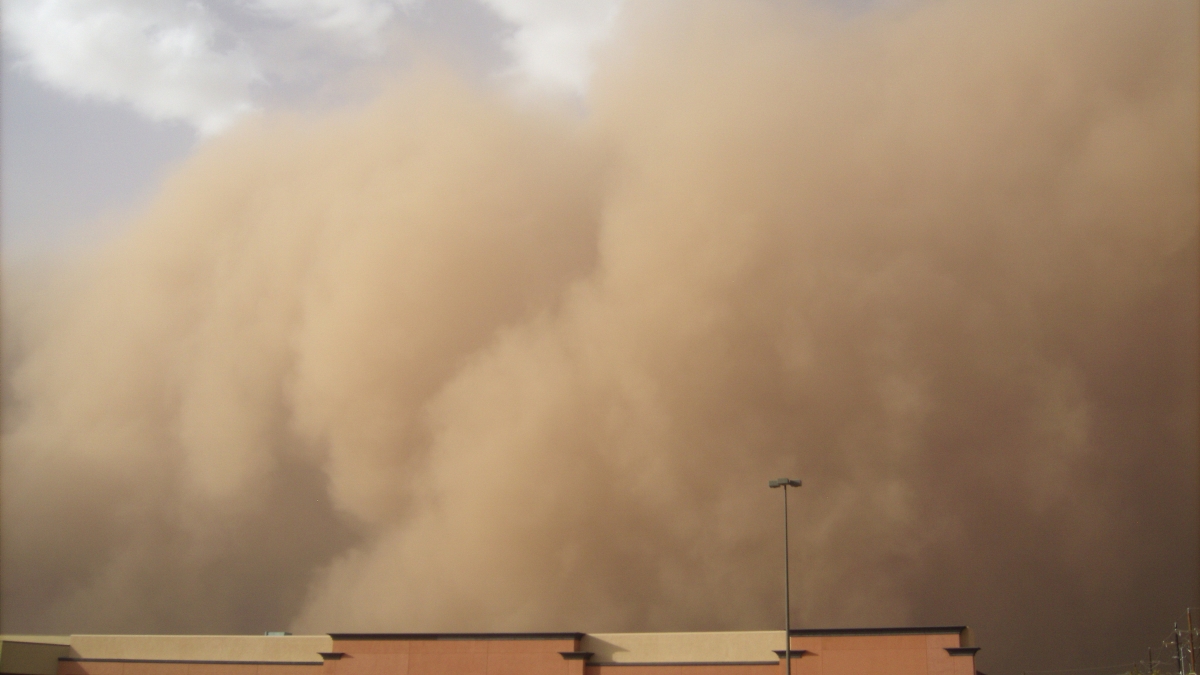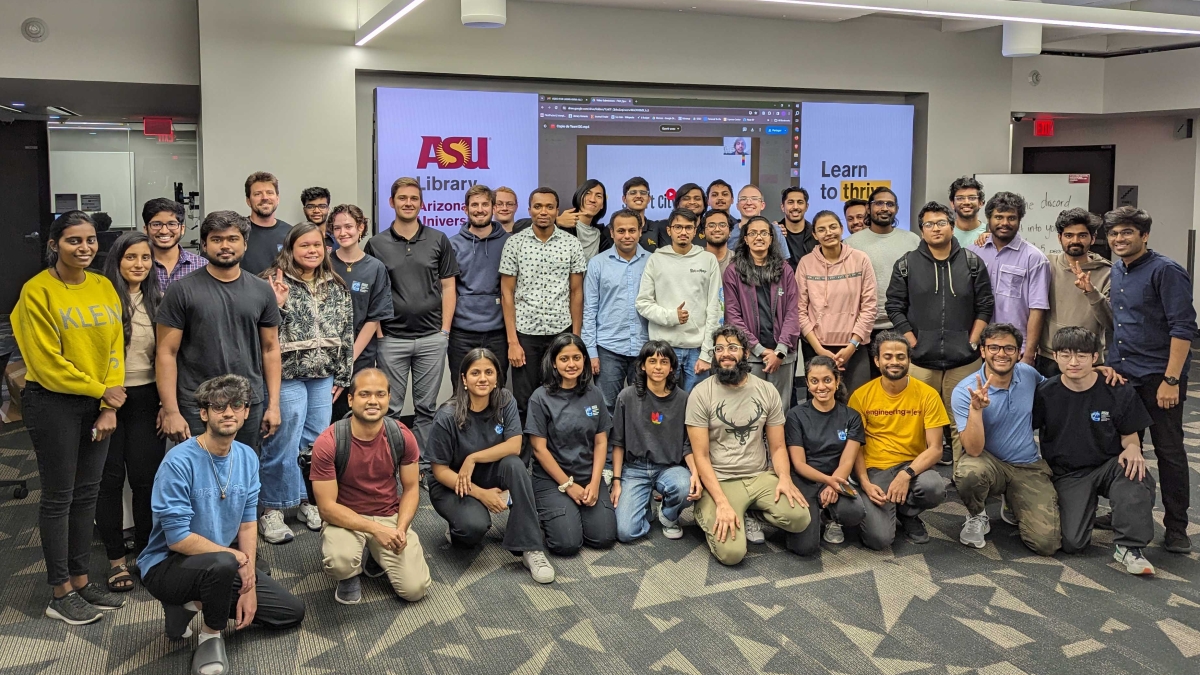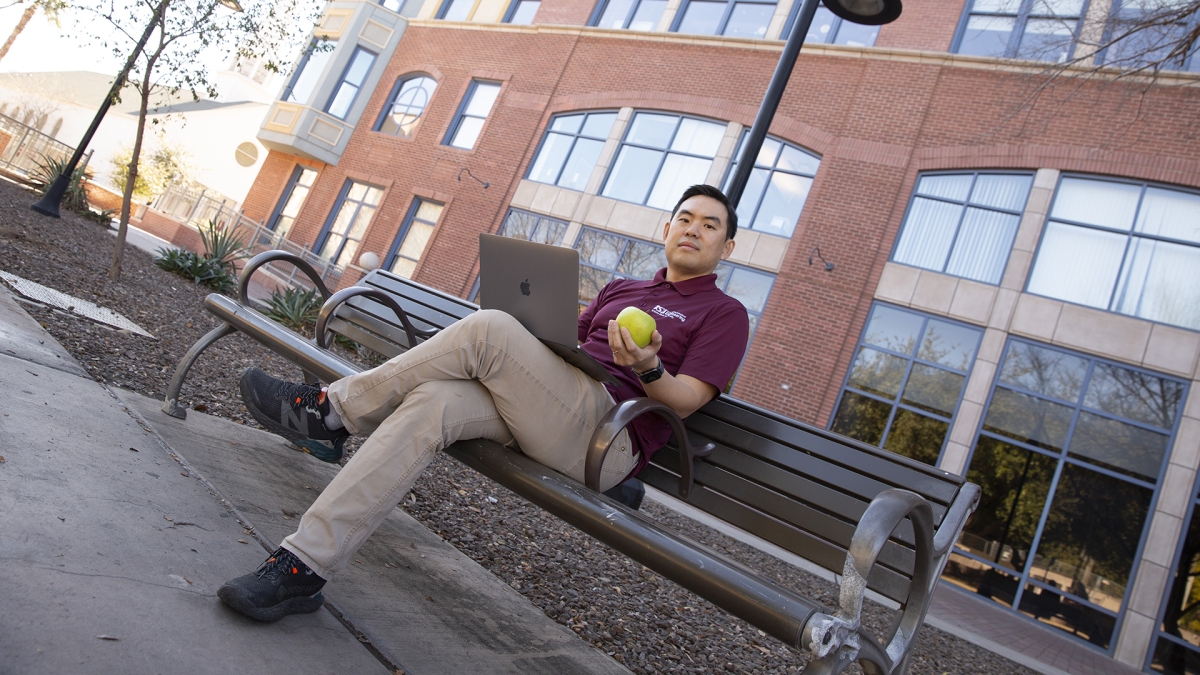HEAT 101: An ASU primer for summer in the desert
Weather wonk Randy Cerveny talks haboobs, monsoons and the two ingredients needed for storms during the summer

The Arizona monsoon technically starts June 15 each year, but every desert dweller knows that it's July when the fireworks usually get going — and we're not talking the Uncle Sam variety.
Monsoon rains, dusty haboobs and sunsets spectacularly punctuated by lightning: These are the moments that break up the monotony of months of 105-plus temperatures and send reporters dashing to the nearest intersection with puddles.
We love to watch the weather, tweet about it and share the latest photos of it, but how much do we really understand what's happening? To broaden our haboob-dotted horizons, we turned to Randy Cerveny, President's Professor in the School of Geological Sciences and Urban Planning. He's one of Arizona State University's weather experts, serving as rapporteur on extreme records for the United Nations/World Meteorological Organization, for which he researches and verifies global weather records.
Here, he walks us through four aspects of desert summers.
How do those marching armies of dust happen?
No rain downtown? Here's why
Are you using 'monsoon' correctly?
Recipe for a storm
Top image: A haboob rolls through Casa Grande, Arizona. Photo by Roxy Lopez [CC BY-SA 3.0 (https://creativecommons.org/licenses/by-sa/3.0) or GFDL (http://www.gnu.org/copyleft/fdl.html)], from Wikimedia Commons
More Science and technology

SpaceHACK highlights student solutions to environmental challenges, digital divide
By Adrianna Nine About 250 students from around the world convened online and at Arizona State University on March 22 for the ASU Interplanetary Initiative’s second annual SpaceHACK for…

New AI for a new era of discovery
As the legend goes, in 1665, Sir Isaac Newton sat in his garden at Woolsthorpe Manor in England and looked on as a lone apple dropped from a tree branch, falling straight down. This chance encounter…

ASU receives 3 awards for research critical to national security
Three researchers in the Ira A. Fulton Schools of Engineering at Arizona State University have received grant awards under the Defense Established Program to Stimulate Competitive Research, or…